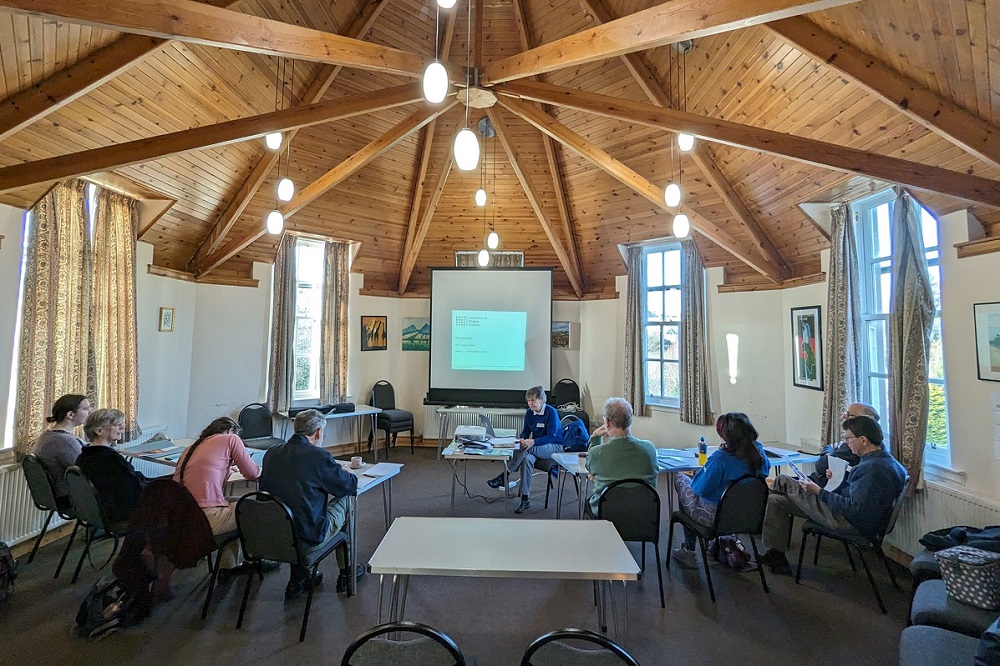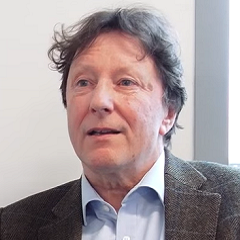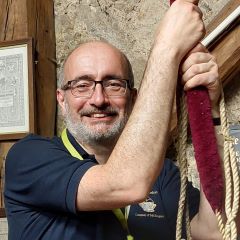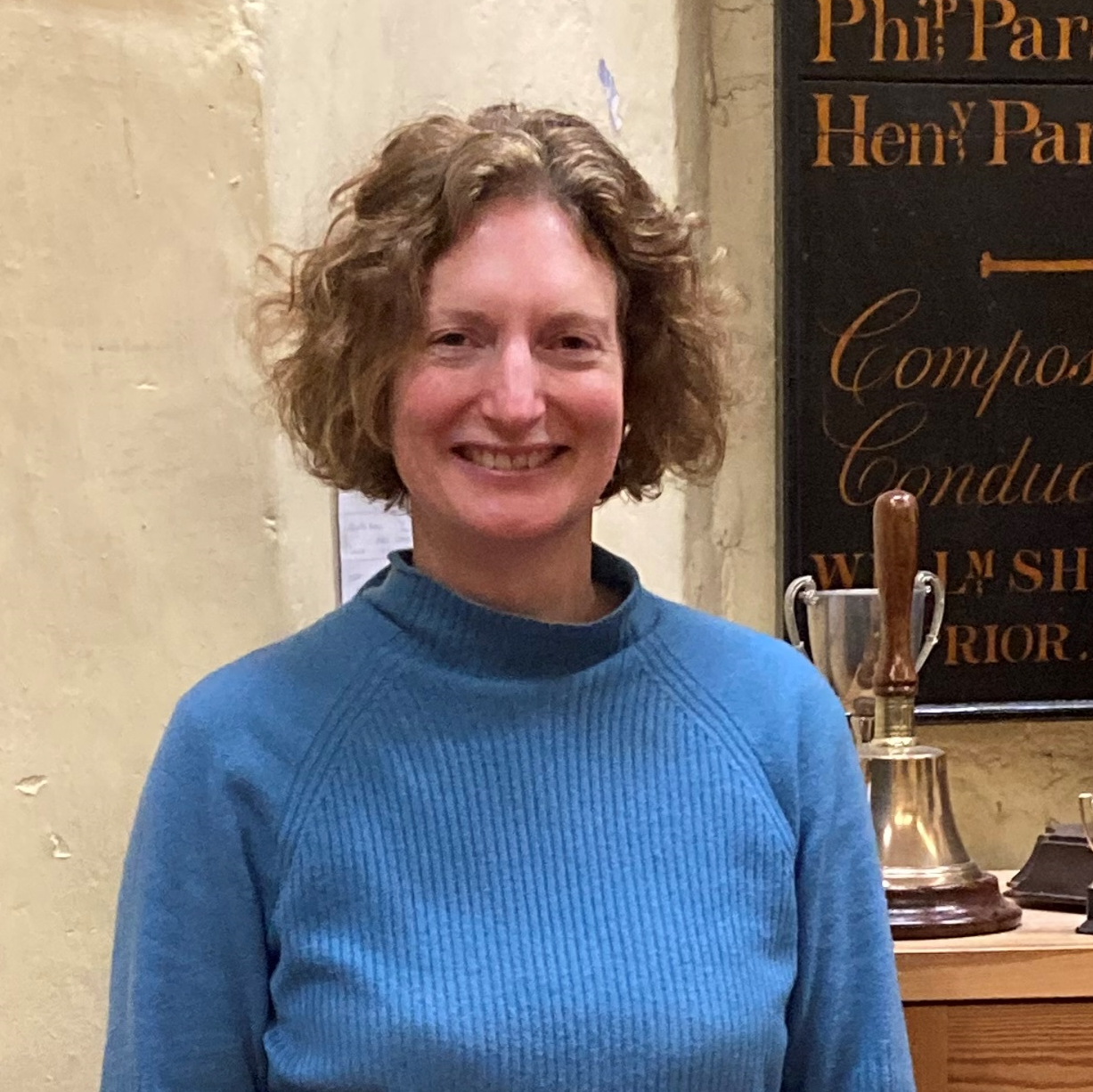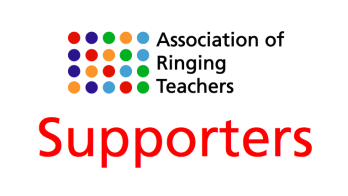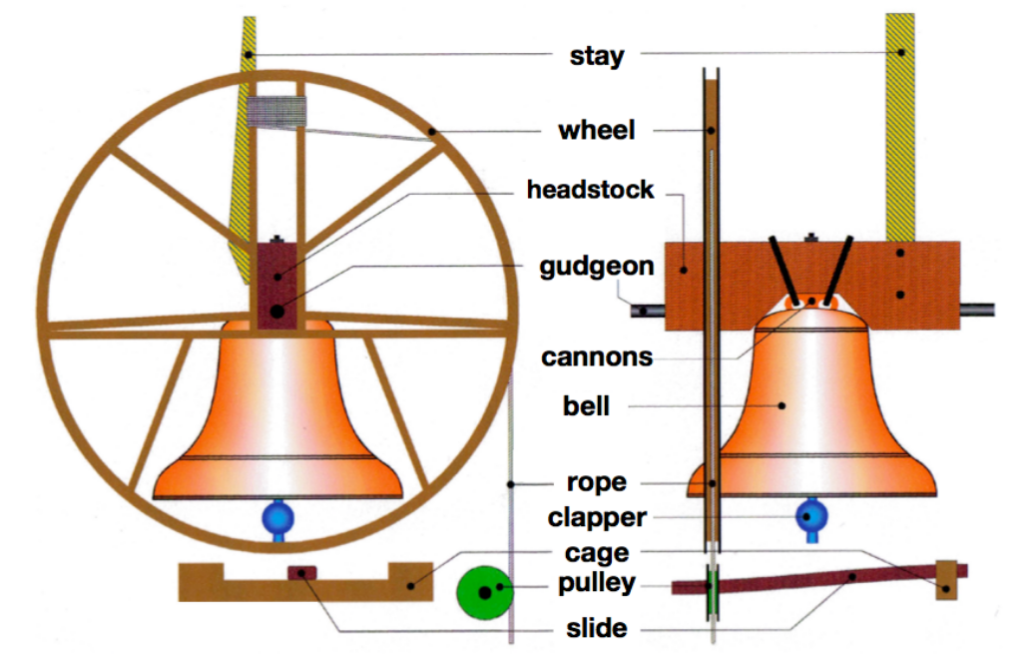I have been looking forward to taking ART courses since moving to the UK from the US. I finally got to do the Module 1 course on a cold but sunny day in Dunblane. Eight students from four different home towers came to take the course. I was the youngest student, and the one with the shortest ringing career but also the one with the most experience already teaching. This was due in part to having rung in the US and Canada where towers were a bit desperate for teachers, but I was always interested, having studied music education and taught violin in schools. Over the course of the day we alternated between theory sessions in a very warm room in the church hall, and practical sessions in the very cold bell tower.
Before the first bit of actual theory, there was some background on the foundation of the Association of Ringing Teachers and its various schemes. It was pointed out that bellringing was unusual in not having a training scheme and grading system. I have long been aware that music education in the UK is very different from in the US because of the graded learning schemes which are pretty much nonexistent in the US. It’s an interesting topic of discussion for music teachers because there are advantages and disadvantages to such schemes. But given how much change ringers are into standardisation and documentation, a training scheme seems very appropriate and it’s surprising it took so long!
That being said, we weren’t actually given a single standardised sequence for teaching bell handling. It wasn’t like just memorising a blue line and doing exactly that. Teaching was presented more like ringing Dixon’s or spliced—we were encouraged to pay attention to our learners and respond to them, trying different things to suit different people better. It was like being given a giant teaching toolbox, and in addition to practising using the tools, we discussed when using each tool would be appropriate.
At the same time there were two general principles emphasised throughout the day. One was to carefully observe learners and be willing to try different strategies. The second was that it is very difficult to change something once it has become a habit, so we must try to ensure learners repeat correct actions and do not repeat incorrect actions. Repetition is a powerful tool but it can be used for both good and bad! Preventing bad habits requires careful observation and sometimes easier exercises that the learner can perform correctly.
Overall it was a very busy day. I’m sure all of us would benefit from doing the course again, because it was probably more than anyone can take in in a single day! I hope other experienced teachers consider taking these courses because it benefits everyone to have a larger teaching toolbox.

